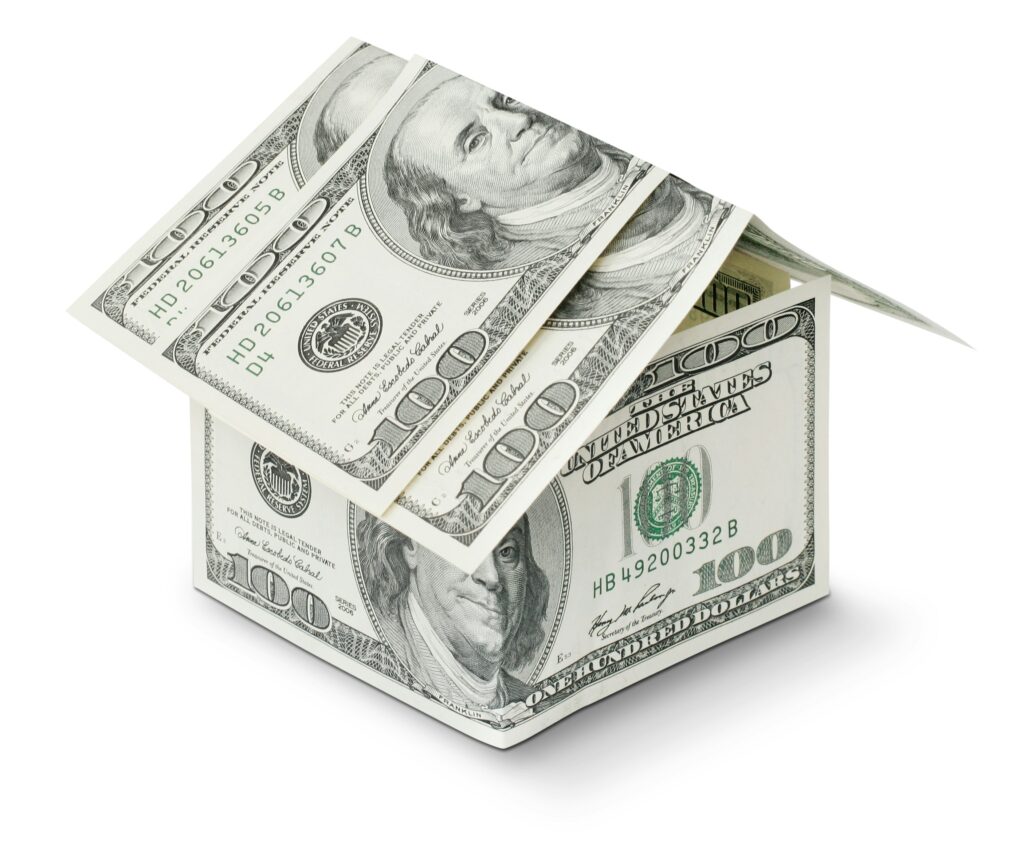When to Refinance Your Mortgage
Should You Refinance? Or Will It Cost You More in the Long Run?

Your mortgage is likely the largest financial commitment you’ve made, so the idea of lowering your monthly payment or paying off your home faster can be incredibly appealing. When interest rates drop or your financial situation improves, refinancing can be a powerful tool—but it’s not always the right move.
Refinancing is the process of replacing your current mortgage with a new loan, often to secure a better interest rate, adjust your loan term, or tap into home equity. While a well-timed refinance can save you thousands of dollars, a poorly timed one can cost you more than you’d expect.
To make the right decision, you need to understand the math, the timing, and the fine print. Let’s break it all down so you can decide whether refinancing is the right financial move for you.
How Refinancing Works
At its core, refinancing means that your existing mortgage is paid off in full and replaced with a new loan, often with different terms. This could mean a lower interest rate, a shorter or longer loan term, or the ability to cash out equity that you’ve built up in your home.
The reasons for refinancing vary, but homeowners typically refinance to:
- Reduce their monthly payments
- Pay off their loan faster
- Switch from an adjustable-rate mortgage (ARM) to a fixed-rate mortgage
- Pull cash out of their home equity for other financial needs
Refinancing is a powerful tool, but it comes with costs. Lenders charge closing fees, origination fees, and appraisal costs, so you need to ensure that your savings outweigh the upfront expenses.
When Does Refinancing Make Sense?
Interest Rates Have Dropped Significantly
A general rule of thumb is that refinancing makes sense if interest rates have dropped at least 1% from your current rate. This might seem like a small percentage, but over the lifetime of a mortgage, it can translate to tens of thousands of dollars in savings.
Imagine you took out a $300,000 mortgage at 5% APR. Your monthly principal and interest payment would be around $1,610. If rates have since dropped to 4% APR, refinancing would lower your monthly payment to $1,432—saving you about $178 per month or $64,000 over 30 years.
Even a 0.5% reduction can lead to thousands of dollars in savings, so it’s worth running the numbers.
You Want to Pay Off Your Mortgage Faster
Most homeowners opt for 30-year mortgages for their lower monthly payments. But if your financial situation has improved, you may want to switch to a 15-year mortgage to eliminate debt sooner and save on interest.
For example, if you refinance a $300,000 mortgage from 30 years at 4% to 15 years at 3.5%, your total interest paid would drop from $215,000 to just $86,000—a savings of $129,000. The trade-off is that your monthly payments will be higher, but if you can afford them, this move will get you to homeownership debt-free much faster.
Your Credit Score Has Improved
If your credit score was less than ideal when you first took out your mortgage, you may have been stuck with a higher interest rate. If you’ve since improved your credit, refinancing could qualify you for a much lower rate and better terms.
For example, if you originally secured your loan with a 650 credit score at 5.5% APR, but now have a 750 score, you could refinance at 3.75% APR, leading to substantial savings.
You Have an Adjustable-Rate Mortgage (ARM) and Want Stability
Adjustable-rate mortgages (ARMs) often start with low teaser rates that adjust after a few years. If your ARM’s fixed period is about to end, and interest rates are rising, switching to a fixed-rate mortgage could lock in a predictable payment and protect you from future increases.
You Want to Cash Out Home Equity
A cash-out refinance allows you to tap into your home’s equity and use it for other financial needs—whether that’s renovations, debt consolidation, or investing in another property.
For instance, if your home is worth $400,000 and you owe $250,000, you could refinance for $300,000, pulling $50,000 in cash to reinvest or pay off high-interest debt. This can be a smart financial move, but keep in mind that you’re increasing your loan balance—which means you’ll pay interest on that money.
When Refinancing Might NOT Be a Good Idea
You Plan to Move Soon
Refinancing comes with upfront costs, typically 2-5% of the loan amount. If you sell your home within a few years, you may not break even on these costs before you move.
For example, if you pay $6,000 in refinance fees and save $200 per month on your new mortgage, it would take 30 months (2.5 years) to break even. If you sell before then, refinancing would end up costing you more than it saved.
You’re Extending Your Loan Term Too Much
Refinancing often means resetting the clock on your mortgage. If you’ve been paying your loan for 10 years, and then refinance into a new 30-year loan, you’re committing to a total of 40 years of payments. While your monthly payment might go down, you’ll likely pay far more in interest over time.
Refinancing Fees Are Too High
Lenders charge various fees for refinancing, including origination fees, appraisal costs, and title insurance. In some cases, these costs can eat into the potential savings of refinancing.
It’s crucial to run the numbers and ensure that refinancing actually benefits you financially before moving forward.
Is Refinancing Right for You?
A well-timed refinance can reduce your monthly payments, save you thousands in interest, and help you reach your financial goals faster. But it’s not a one-size-fits-all solution.
If interest rates are significantly lower than when you first took out your mortgage, you plan to stay in your home for several more years, and the costs of refinancing make sense, it’s a move worth considering.
However, if you’re planning to move soon, resetting your loan term unnecessarily, or facing excessive fees, refinancing might not be the best financial decision.
